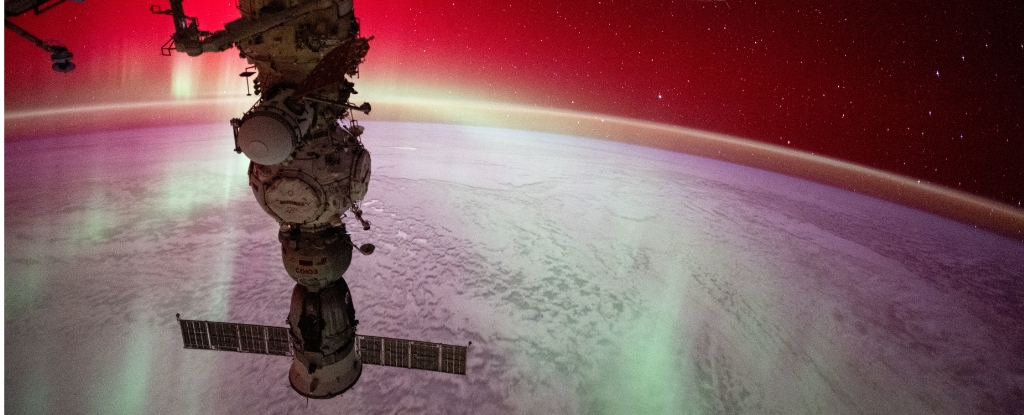Researchers used radio signals detected by the Karl G. Jansky Very Large Array (VLA) to study celestial objects called JuMBOs (Jupiter-mass binary objects) in the Orion Nebula.
Last year, the James Webb Space Telescope discovered about 40 pairs of JuMBOs in the nebula. However, only one pair was detected emitting radio waves in this new VLA study.
The radio signals were detected coming from both objects in the JuMBO 24 pair. This puzzled astronomers as the signals were stronger than expected.
JuMBOs are not fully understood. They are too small to be stars yet not easily explained as exoplanets either. Their existence as binary pairs also defies models of star and planet formation.
Detecting unusually strong radio signals from JuMBO 24 adds another mystery, as the emission mechanism is unclear. Deeper observations may help scientists learn more.
The findings suggest JuMBOs could help scientists better understand how binary star systems and planets form and evolve in stellar nurseries like the Orion Nebula.
Source: space









